HUMAN MOVEMENT LABORATORY
The Instituto de Biomecánica (IBV) has a Human Movement Laboratory equipped with advanced technology for the biomechanical analysis of human activity.
The study of movement allows us to assess human performance as well as interaction with medical devices, exoskeletons, assistive products, and mobility aids.
This laboratory also collaborates with companies, clinical centers, and assistive technology developers to validate new products and devices and optimize their functionality.
The data obtained through movement analysis helps improve the design of products that interact with the human body, providing objective insights into their functionality, user acceptance, and adaptability.
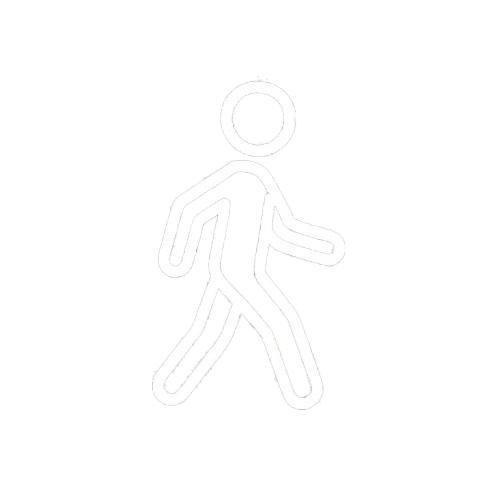
ADVANCED TECHNOLOGY FOR MOVEMENT ANALYSIS
The laboratory is equipped with cutting-edge technology designed to accurately evaluate human body behavior under various conditions.
Key equipment includes:
- Force platforms (Dinascan/IBV): Measure the ground reaction forces generated during movement.
- 3D photogrammetry system (Kinescan/IBV): Captures and analyzes motion in controlled environments using cameras and reflective markers to study biomechanical gestures across activities.
- Accelerometry system: Sensors that measure body acceleration and vibration.
- Goniometry: Devices for dynamic measurement of joint range of motion.
- Thermal comfort analysis systems: Includes high-resolution thermographic cameras.
- Inertial sensor system (XSens-motion): Inertial-based motion capture system with biomechanical analysis software.
- Pressure sensors: Measure localized pressure points, such as during object gripping.
- Electromyography (EMG): Real-time monitoring of muscle activity.
- Dynamometers: Tools for measuring muscle strength across different muscle groups.
- Pressure mapping mats (X-Sensor): Analyze pressure distribution on seats, backrests, and full body.
- Inclinometry system: Measures joint angles using inclinometers.
- Physiological signal recording system (PLUX): Multichannel acquisition platform for signals such as EMG, EDA, ECG, pressure, and breathing rate.
- Gas analyzer (K4b2): Measures metabolic consumption during various physical activities.
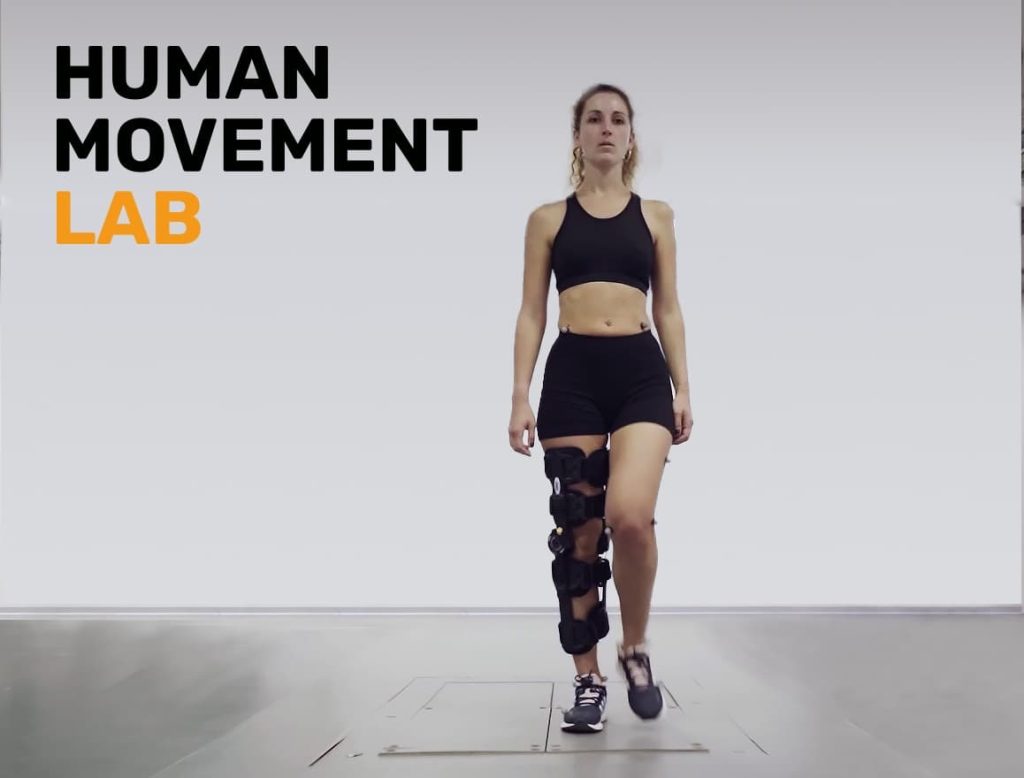
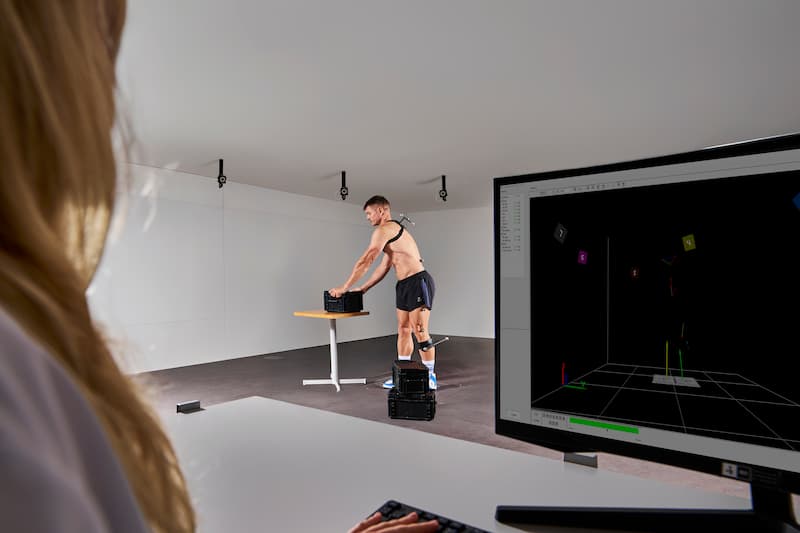
The laboratory also uses IBV-developed technologies certified under the European Medical Device Regulation (MDR) 2017/745, designed to enable functional evaluation of various body structures, including:
- NedLumbar/IBV: Biomechanical assessment of the lumbar spine.
- NedCervical/IBV: Assessment of cervical spine mobility and stability.
- NedHombro/IBV: Biomechanical analysis of the shoulder joint.
- NedCodo/IBV: Functional analysis of the elbow.
- NedAMHPlus/IBV: Gait assessment system.
- NedSVE/IBV: Static and dynamic balance assessment and rehabilitation system.
- NedRodilla/IBV: Assessment of knee stability and mobility.
- NedMano/IBV: Functional biomechanical analysis of the hand.
- NedRangos/IBV: Measurement of joint range of motion.
Thanks to these systems, the laboratory provides detailed reports and objective data on functionality and biomechanical performance across various applications.
SERVICES AND APPLICATIONS OF THE HUMAN MOVEMENT LABORATORY
Thanks to its advanced technology, IBV’s Human Movement Laboratory offers key services for the evaluation and validation of medical devices, exoskeletons, and assistive technologies.
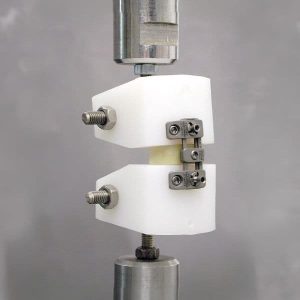
Biomechanical evaluation of implants and prostheses post-implantation
- Biomechanical analysis to assess implant or prosthesis progression in the patient, including comparative studies.
- Evaluation of patient biomechanical parameters to monitor progress over time and compare with non-pathological biomechanical patterns.
- Design optimization based on biomechanical assessment.
- Support for clinical decision-making and patient follow-up after surgery.
- Post-market surveillance reports on implanted medical products.
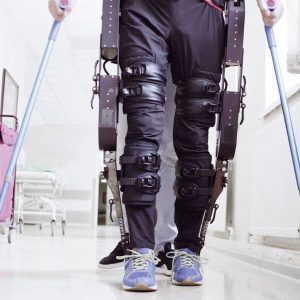
Evaluation of Exoskeletons and Orthoses
- Measurement of relative movement between the body and the exoskeleton.
- Assessment of perceived comfort and thermal comfort.
- Estimation of metabolic cost associated with exoskeleton use.
- Advanced sensor integration and support in control system development.
- Analysis of human–device interaction for customized fitting and performance.
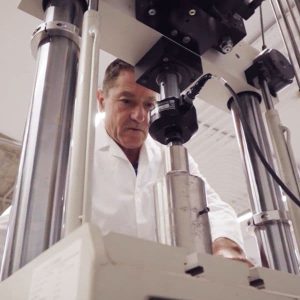
Testing of Assistive Devices and Support Systems
Assessment of physical effort through heart rate, muscle fatigue (EMG), and muscle coordination.
Functional validation based on standardized clinical scales.
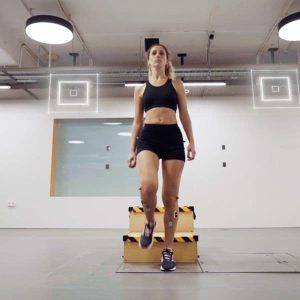
Biomechanics and Rehabilitation Studies
Functionality assessment in patients with musculoskeletal disorders.
Impact assessment of therapies and rehabilitation programs through quantifiable measurements.
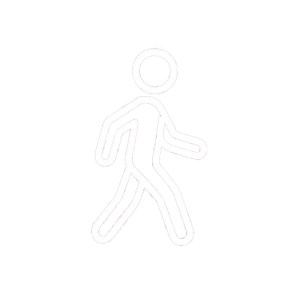
These services are essential for medical device manufacturers, research centers, and rehabilitation clinics, ensuring that products meet biomechanical, ergonomic, and user satisfaction criteria
WHY CHOOSE IBV FOR HUMAN MOVEMENT ANALYSIS
IBV’s Human Movement Laboratory is a benchmark in applied biomechanics, offering a unique evaluation environment for the development and validation of assistive technologies and support products.
- State-of-the-art infrastructure with advanced motion analysis technologies.
- Multidisciplinary team of experts in biomechanics, motion analysis, human factors, and rehabilitation.
- Focus on innovation and technology transfer, supporting companies in optimizing their products.
- Testing in both clinical and non-clinical environments, ensuring realistic and applicable data.
- Detailed analysis with technical recommendations to improve device functionality.
Contact our team
Discover how our laboratory can help you improve the functionality and validation of medical devices and exoskeletons.

